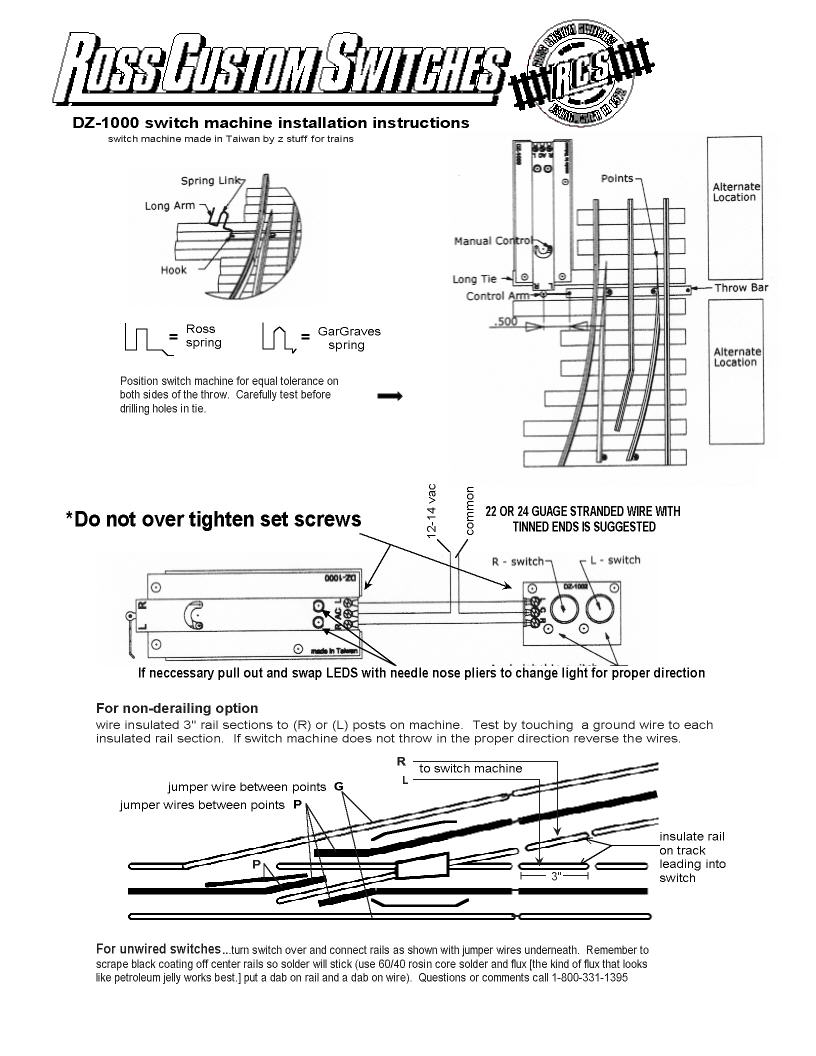I have a 3 rail layout and I'm having trouble with one of my Ross switches with the 1000 switch machine. I have wired this switch for non derailing and when I check the voltage on the isolated rails I get 28 volts on one and 37 on the the other. I disabled non derailing on this switch for now until I figure this out. I also have 2 other Ross switches with 2500 machines with non derailing and the voltages are fine on those.
I have a PH180 powering the track and a MTH 1000 powering the switch motors. They are grounded together. I have both transformers plugged into the same power strip.










